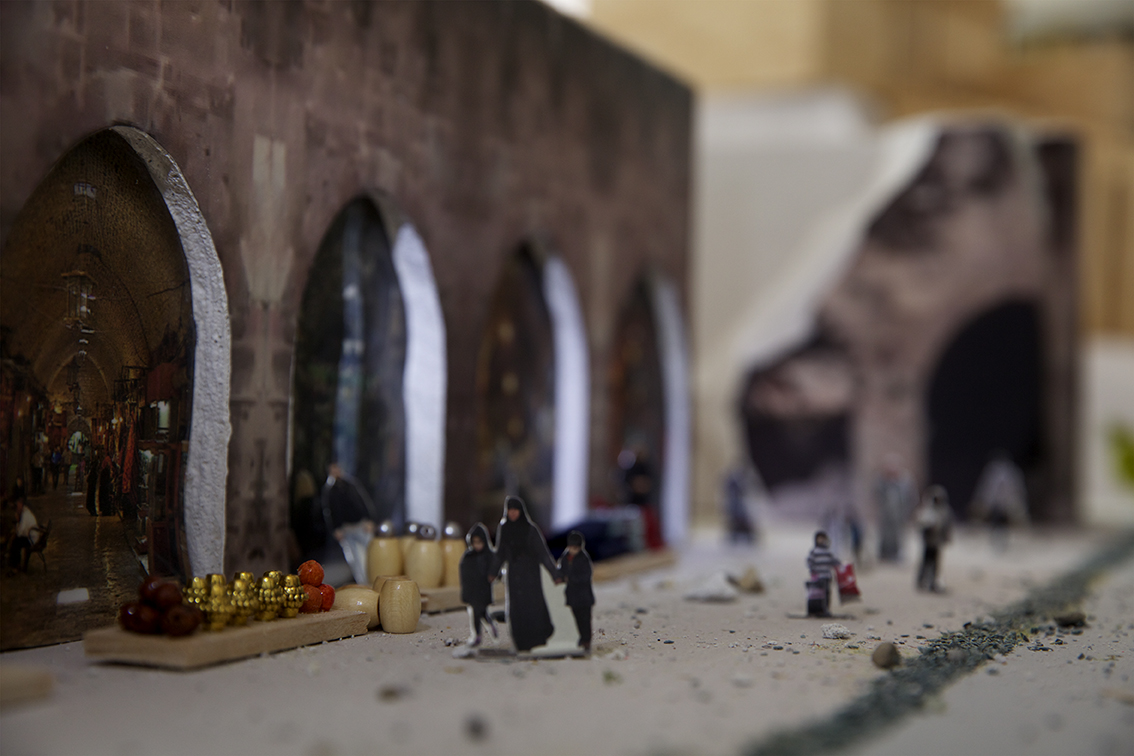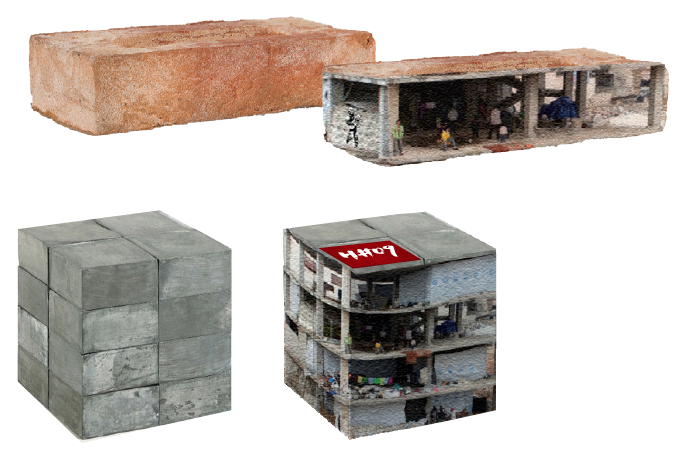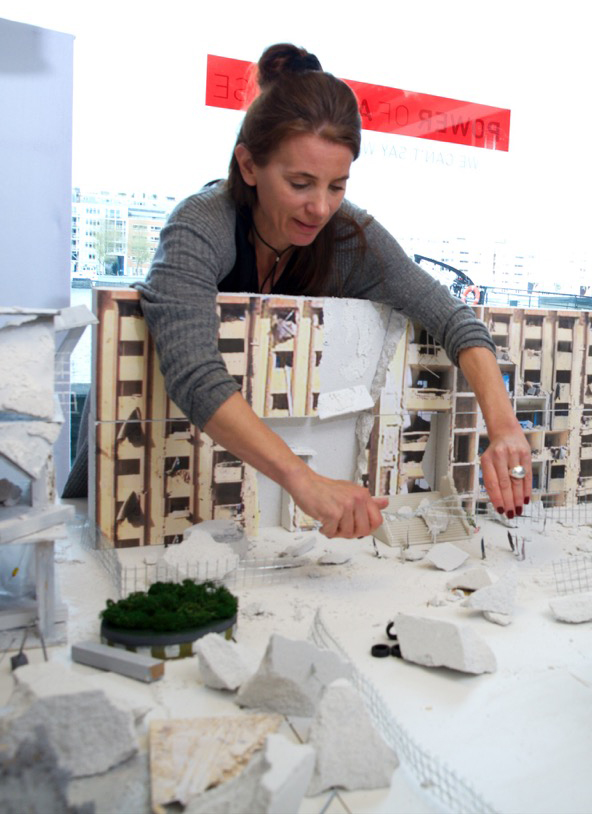Cause
The fighting in Syria, which started as an uprising against Assad, has been going on for over six years now and has claimed hundreds of thousands of lives. Over 11 million Syrians have fled. Cities have been completely destroyed. Years of cruel battles over the Syrian city of Aleppo have ended, leaving Aleppo entirely in ruins. The UN previously expressed serious concern about the citizens of Aleppo. In addition to worrying about them, the UN deplores the destruction of the city. “In East Aleppo buildings are bombed out, destruction is everywhere, with bullet holes in the walls where tens of thousands once lived, until the bombs tore everything apart,” reports the UN.
Main content
“I am aware that the war in Syria may seem very remote. We have seen reports of atrocities for years. It shows the failure of the international community: we stood there and watched.”
(Olaf Koens / RTL Nieuws)
Living Aleppo is an interactive outdoor art installation to convey to the Dutch public the consequences of years of war in Syria, focusing on the destruction in Aleppo. The exhibition revolves around the stories of several individuals who stayed behind during the bombings in Aleppo and survived the violence, including a physician, a journalist, a teacher, a professor....
The art installation Living Aleppo recalls Madurodam, but here, instead of nice, picturesque little Dutch houses, we see a city in ruins, where hospitals, schools and homes have been bombed, and the population is struggling to survive.
The installation will grow steadily. Living Aleppo will comprise stories, life experiences and memories of the people. In the coming months we will build Living Aleppo. Through conversations with locals in Aleppo, we will gather their stories and experiences in an artistic, spatial rendition. Each story will constitute a new area in the expo. That means that the design for the expo will not be a confined, preconceived plan; we will let it emerge organically.
Piece by piece
We will start in a large white area measuring 4 x 4 meters, where we will assemble the stories one piece at a time. Stories revealing daily life in a destroyed city. How society in a war zone searches for creative solutions to live and to survive. How students sit for their exams, even though their university is being bombed. How people get to work and shop for groceries, day after day, under the constant threat of snipers and bomb attacks.
Once we have filled the space and have gathered enough stories to build a city, we will transfer the exposition to the Museumplein in Amsterdam, to share it with the public. The target date is 19 July (19 July 2012 was when the fighting started in Aleppo between government troops and rebels).
Living Aleppo raises questions such as: how can Aleppo become a city again? The city needs to be rebuilt. Buildings, as well as trust. Trust between the people needs to be restored. These people have been shooting at each other for years and will have to learn to coexist again. This compelling exposition is about the legacy of the war; “you stood there and watched.”
Storytelling
We are assembling the expo together with people who lived in Aleppo during the war and want to share their experiences with us. Stories from civilians, relief workers, physicians, teachers etc. Stories that are a slice of life. These personal stories inspire the scenes in the exposition. We will also consult several experts on the developments in the Middle East to ensure that the facts are clear. The conflict in Syria is very complicated, as many different parties are at war against each other. We will therefore focus mainly on the personal stories, adding a timeline and data about attacks and victims. We don't want to make any political statements.
These stories will be available online via sound bites, videos and brief interviews. Background information about the events depicted in the exhibition will be elaborated, such as drone scenes, timeline and newsarticles.
--------------------------------------------------
Back to



